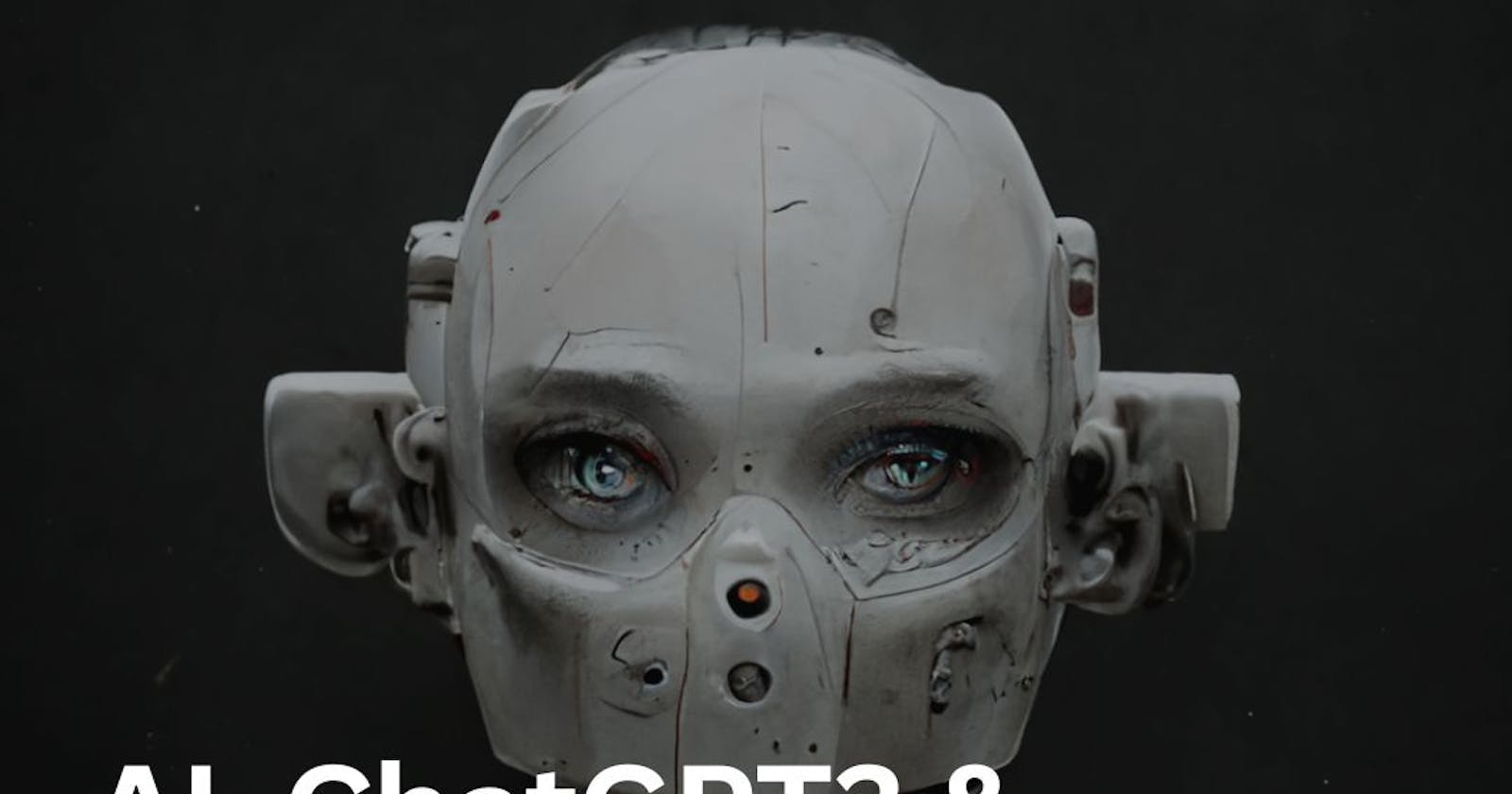AI, ChatGPT3 and Disruptive Technology
Here’s why you’ve been hearing so much about ChatGPT3.
Disruptive technology is a term used to describe a new technology that significantly alters the way that consumers, businesses, and industries interact with each other. It is a technology that has the potential to completely change the way we do things, and it can be both beneficial and disruptive.
Disruptive technology can be seen in many areas, from transportation to communication to healthcare. For example, the introduction of ride-sharing services such as Uber and Lyft has disrupted the traditional taxi industry by providing a more convenient and cost-effective way for people to get around. Similarly, the introduction of smartphones has disrupted the traditional landline telephone industry by providing an easier way for people to communicate with each other.
Screenshots of discussions with ChatGPT, the most recent version of the AI model created by the research company OpenAI, have been quite popular on social media during the past week or two. People have used online, publicly accessible tools to create jokes, and TV episodes, produce music and even debug computer code in a different programming language. I also got to use the AI and had hours of conversation with it. The AI has been used by more than a million individuals, and even though it doesn't always speak the truth or make sense, it is nevertheless a competent writer and an even more confident bullshitter. Along with the most recent improvements to Lensa AI, a contentious platform that uses machine learning to create digital portraits, and DALL-E, OpenAI's program for creating art.
It is amazing over the years how AI has changed and is gaining acceptance from internet users, if you're in doubt you can try it yourself here
How do ChatGPT3 works?
The technology is essentially a prediction (even though it doesn't recognize itself as one) system that anticipates what it should write based on previously processed texts. This sort of artificial intelligence is known as a language model.
In addition to spending billions of dollars and receiving initial funding from several well-known tech billionaires, such as Reid Hoffman and Peter Thiel, GPT was built by training its AI with an extraordinarily large amount of data, much of which comes from the abundant supply of data available on the internet.
According to a blog post written by OpenAI, ChatGPT was also trained on examples of back-and-forth human interaction, which makes it seem much more human in its discourse.
This recent model of AI is not 100% perfect but does a decent amount of text generation, humans can trick it to give wrong because of how dynamic we are, I have seen several screenshots of arguments and misleading information with the AI and humans, and The coding discussion forum StackOverflow has prohibited AI-generated answers because they were very likely to be wrong when closely taken a look at.|
But as AI advances, even the current iteration of GPT is capable of performing some jobs quite effectively.
The system performed rather well, while being far from excellent enough to receive an A.
One Twitter user claimed that ChatGPT performed in the 52nd percentile of test takers on a mock SAT exam.
Professor of computer science at UNC Kris Jordan told Recode that when he gave GPT his final test, the chatbot scored a flawless mark, far above the average student score.
Yes, students were utilizing a variety of artificial intelligence tools, including older iterations of GPT, to complete their assignments long before ChatGPT was online.
This tool has opened a generous amount of possibilities on the internet and anyone who can utilize this tool properly in their fields can make a lot of positive progress as well as negative. So choose your path.
In conclusion, disruptive technology is here to stay and will continue to shape our lives in both positive and negative ways in the future. We must understand how this technology works so that we can make informed decisions about how best to use it to maximize its potential benefits while minimizing its potential harms. AI is one such example of disruptive technology that has the potential to revolutionize many industries, but it must be properly regulated for us to take full advantage of its potential benefits while avoiding its potential harms.
If you find this information valuable, you can give me a follow on Twitter@the_nuelgeekand subscribe to Geeks Oasis Newsletter here
